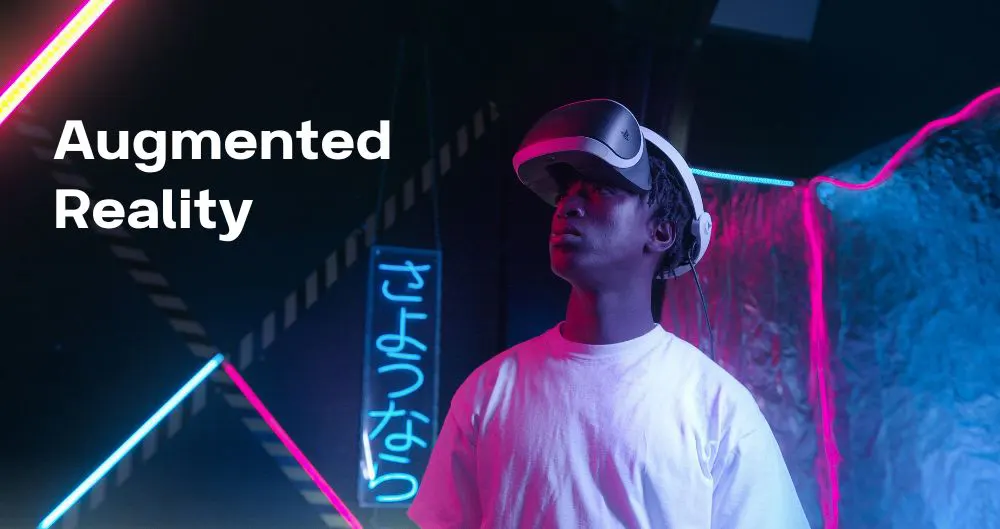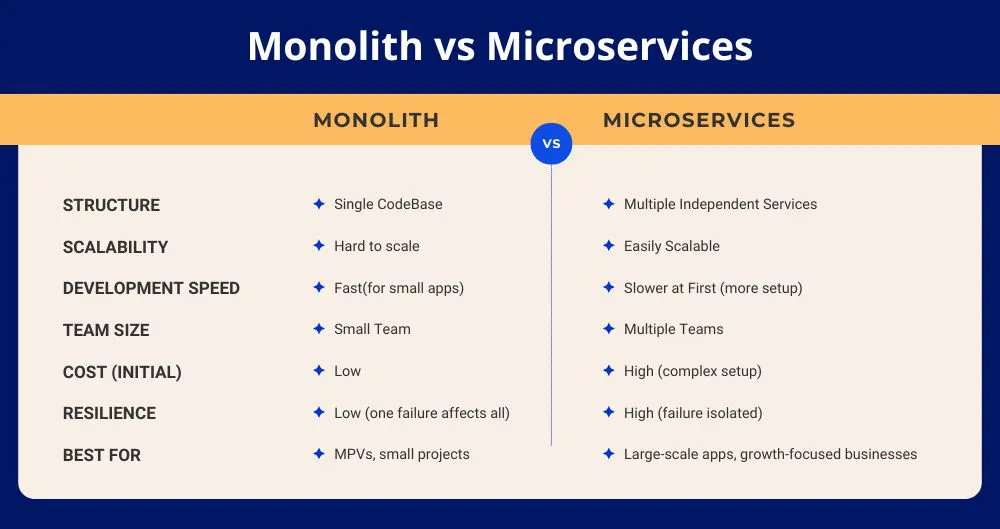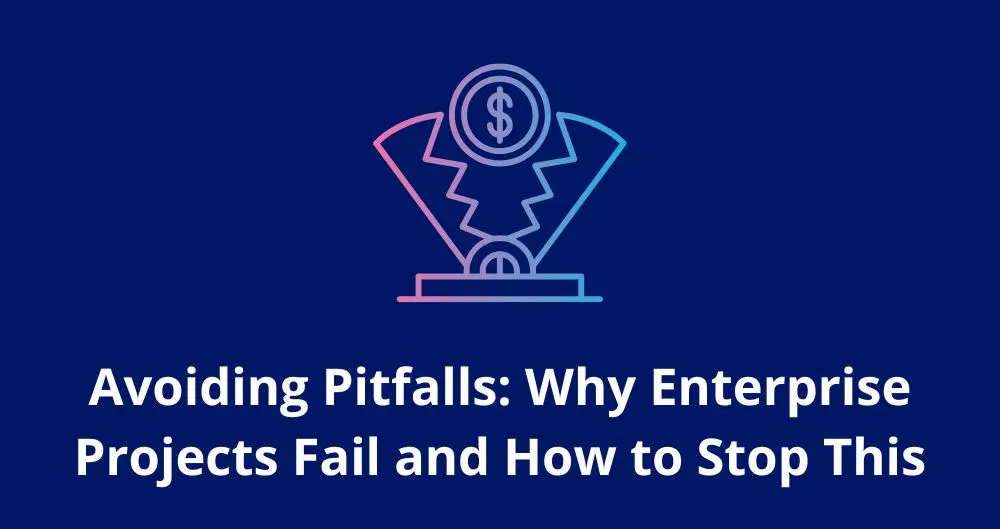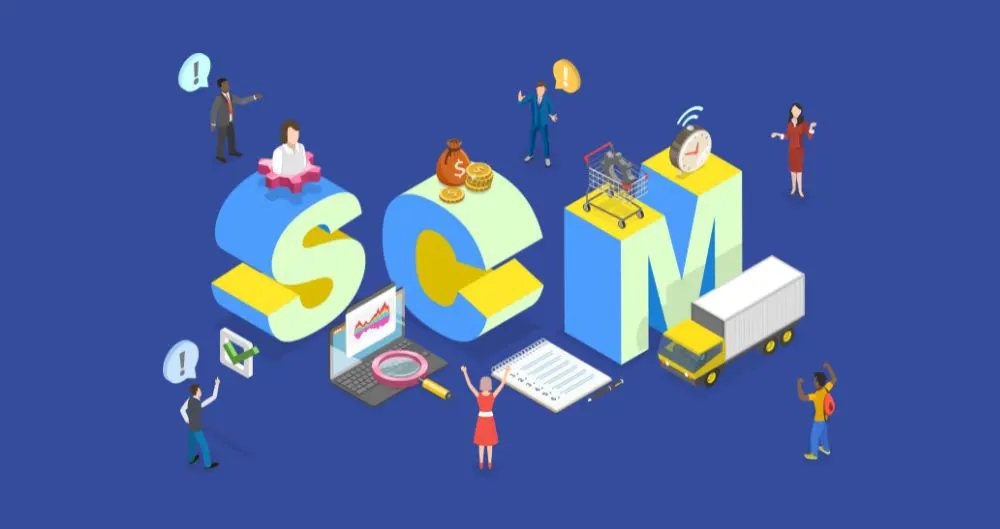September 9, 2025
At-a-Glance: LangChain vs AutoGen vs CrewAI
- AutoGen specializes in structured, multi-agent collaboration.
- LangChain provides a comprehensive, flexible toolkit for building complex workflows, although it can sometimes feel cumbersome.
- CrewAI keeps things lightweight, making it ideal for rapid prototyping or small-to-mid scale agent setups.
Quick Framework Comparison
| Feature | AutoGen | LangChain | CrewAI |
|---|---|---|---|
| Best for | Multi-agent conversations | LLM apps & agent chains | Multi-role automation crews |
| Multi-agent support | Yes | Enabled via LangGraph | Native |
| Open-source | Yes (MIT) | Yes (MIT) | Yes (MIT) |
| Commercial license | No | Yes | Yes |
| Enterprise suite | No | Yes | Yes |
AutoGen: The Engine Behind Multi-Agent Collaboration
In our experience building multi-agent systems, AutoGen stands out as flexible and developer-friendly. It’s conversation-centric, offers a low-code interface for prototyping, and is designed for orchestrating agent-to-agent interactions.
Developers can compose conversational agents that collaborate naturally to complete tasks. Agents are customizable, work seamlessly with LLMs, human input, and external tools, and can adapt to both deterministic and dynamic workflows.
Caveat: AutoGen doesn’t handle orchestration automatically. Developers still need to design how agents interact and manage decision flows.
LangChain: The Swiss Army Knife
At first glance, LangChain looks like a set of simple abstractions. In practice, it’s more like a modular SDK—a toolkit for connecting LLMs with tools, APIs, retrievers, and structured reasoning flows.
Recent additions include:
- LangGraph → enables stateful, graph-based workflows for multi-agent systems and iterative loops.
- LangSmith → provides debugging, tracing, and observability once projects grow beyond prototypes.
LangChain excels in breadth: hundreds of integrations, flexible abstractions, and no lock-in. But it has no prescribed workflows—so developers must design flows themselves. For small projects, it may feel like overkill.
CrewAI: The Lean, New Challenger
CrewAI has quickly gained traction thanks to its low learning curve and excellent documentation. It’s designed for multi-agent automation, where intelligent agents work together in teams.
Unlike LangGraph’s lower-level approach, CrewAI operates at a higher level of abstraction, letting developers focus on role assignment and goal-setting. Its built-in orchestration covers delegation, sequencing, and state management out of the box.
Architectural Differences
AutoGen
gives you the bricks to build conversations.
LangChain
hands you a toolbox for everything.
Evolved into a graph-based framework (LangGraph). Offers fine control, but adds state-management overhead.
CrewAI
Uses Crews + Flows. Balances role-based autonomy with deterministic orchestration, starting simple but scaling with control.
Integrations
AutoGen
Flexible mix-and-match. Supports multiple LLMs, human-in-the-loop, tools like CodeExec, DB access, and web browsing. Library is growing but smaller than LangChain’s.
LangChain
600+ integrations. The undisputed leader in breadth.
CrewAI
Hybrid approach: ready-to-use tools + custom Python logic through Flows.
Performance & Scalability
AutoGen
LangChain
Solid for simple flows, but overhead rises with complexity. LangGraph improves efficiency. Enterprise scaling often requires hosted LangChain or careful tuning.
CrewAI
Security & Reliability
AutoGen
LangChain
CrewAI
Pricing
AutoGen
LangChain
CrewAI
“
—Lead AI Engineer, Enterprise SaaS Company
Pros and Cons: AutoGen vs CrewAI vs LangChain
After hands-on work building production-grade multi-agent systems, here’s how our AI engineering team rates each framework:
| Framework | Summary | Pros | Cons |
|---|---|---|---|
| CrewAI | Role-based agent framework built around “crews” of collaborative agents. Prioritizes simplicity and ease of use. | – Easy to learn and implement – Clear role-based abstraction – Beginner-friendly with solid docs | – Can feel rigid or opinionated – Hidden abstractions limit deep control |
| LangChain / LangGraph | Modular framework for chaining LLMs, tools, and agents. Graph-based workflows support complex, structured orchestration. | – Extremely flexible – Strong fit for RAGs and DAGs – Large ecosystem & community – Good visibility into agent flows | – Steep learning curve – Verbose abstractions frustrate devs – Risk of overengineering simple tasks – Frequent breaking changes across tools |
| AutoGen | Microsoft-backed framework built for LLM-to-LLM collaboration and orchestration. | – Native multi-agent chat support – Strong for autonomous collaboration – Integrates smoothly with Microsoft stack | – Not beginner-friendly – Docs can be inconsistent – Requires manual orchestration design |
Summary
CrewAI → Best for beginners and rapid prototyping. If you want to spin up agent teams quickly without wrestling with heavy abstractions, CrewAI is your friend.
LangChain / LangGraph → Best for power users and complex workflows. Ideal when you need fine-grained control, heavy tool usage, or enterprise-scale orchestration.
AutoGen → Best for multi-agent collaboration at scale. Especially strong if you’re building autonomous agents in the Microsoft ecosystem or need LLM-to-LLM interaction.
Frequently Asked Questions
1. Can you mix these frameworks in a single project?
Absolutely. A hybrid setup can be the best way to handle complex workflows. For instance, in a customer service scenario, you could:
- Use LangChain for sentiment analysis and context handling.
- Let CrewAI manage triage and escalation between different roles.
- Plug in AutoGen to enable human handoff with code-backed diagnostics and richer, context-aware insights.
Together, they can complement each other’s strengths instead of working in isolation.
2. Are these tools open-source?
3. How active and reliable is the community?
- LangChain → Strong ecosystem, broad community, multiple support channels.
- AutoGen → Backed by Microsoft, active repo, but limited community outside core team.
- CrewAI → Early-stage community, still maturing; may require self-troubleshooting.
4. How often do you see fresh features?
- LangChain →Very fast-moving, with new features and fixes landing daily to weekly.
- AutoGen → Slower pace, with updates roughly once a month or tied to major milestones.
- CrewAI → Weekly releases, with rapid iteration on APIs and quick bug-fix cycles.
Table of Contents
- At-a-Glance: LangChain vs AutoGen vs CrewAI
- Quick Framework Comparison
- Pros and Cons: AutoGen vs CrewAI vs LangChain
- Summary
- Frequently Asked Questions
- Related Articles
- Microservices vs Monolith: Which Architecture is Right for Your Project?
- Avoiding Pitfalls: Why Enterprise Projects Fail and How to Stop It
- Logistics Analytics: Strategies for Building Smarter Supply Chains in 2025

Why Trust Techzooni?
Choose Techzooni for Augmented Reality because we bring innovation to life. Our cutting-edge AR solutions transform your business operations, streamline processes, and elevate customer experiences — all while driving efficiency and reducing costs. Experience the future today with Techzooni!
Step into the Future of Health Insurance with Augmented Reality. Faster Claims. Smarter Solutions. Better Service.
Related Articles
Microservices vs Monolith: Which Architecture is Right for Your Project?
Imagine that you’re opening a new restaurant. You could either rent one big hall where the kitchen, storage, and dining all happen in the same space—or you could design separate sections: a kitchen, a pantry, a dining area, and a drive-thru. Both setups can serve...
Avoiding Pitfalls: Why Enterprise Projects Fail and How to Stop It
Every successful software project starts with one key step: understanding why so many others fail. Large-scale enterprise initiatives are ambitious, but they often run into hurdles that derail progress. Research from Deloitte shows just how common this is. Among...
Logistics Analytics: Strategies for Building Smarter Supply Chains in 2025
Professionals in the logistics industry understand how even minor disruptions—like a road closure on a secondary route—can cascade through the entire supply chain. The result? Delayed shipments, empty shelves, and missed service-level agreements. That’s why data...



